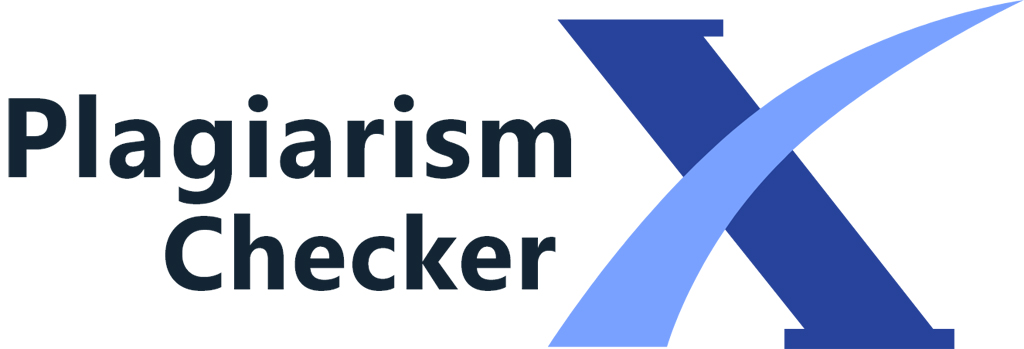Submission Guidelines
All papers submitted to the journal must be written in good English or Indonesian. Authors for whom English is not their native language are encouraged to have their paper checked before submission for grammar and clarity. The work should not have been published or submitted for publication elsewhere.
A. General Author Guidelines
All manuscripts must be submitted to TRANSFORM using Online Submission at E-Journal portal address:
where author register as Author by online. If authors have any problems on the online submission, please contact Editorial Office at the following email: jurnaltransform@gmail.com
B. Manuscript Format
The manuscript should be uploaded to TRANSFOTM system and arranged in TRASFORM standard format, Title, Authors, Address and Email, Abstract, Keywords, Introduction, Methods, Result and Discussion, Conclusion, Acknowledgment, and References.
Manuscript Title
A Title Is Fewest Possible Words, Accurately Describe The Content
Authors
The manuscript has the main author and co-authors with the full name of the author and co-authors (no abbreviation), includes an address (es) and email addresses clearly.
Abstracts
The abstract should not exceed 250 words. Please minimize the use of abbreviations and do not cite references in the abstract. The abstract must include the following separate sections:
Introduction: the context of the study
Objectives: the objective of the study
Methods: how the study was performed and statistical tests used (past tense)
Results: the main findings (past tense)
Conclusions: summary and potential implications
Keywords
Keywords must contain at least three to ten keywords representing the main content of the article
1. Introduction
The introduction describes the background of the problem being resolved, issues related to the problem being resolved, research reviews that have been done before by other researchers that are relevant to the research being carried out. The introductory section mainly contains (1) research problems, (2) problem-solving insights and plans; (3) formulation of research objectives; (4) a summary of theoretical studies related to the problem under study. This section sometimes contains expectations about the results and benefits of research.
The introduction section of your research paper should include the following: General introduction, Problem definition, Literature review, Gaps in the literature, Problems solution, Study motivation, Aims & objectives, and Significance and advantages of your work.
2. Methods
Basically, this section describes how the research was conducted. The primary materials of this section are (1) research design, (2) population and sample (research target); (3) data collection techniques and instrument development; (4) and data analysis techniques. For research using tools and materials, it is necessary to write down the specifications of the tools and materials.
The next paragraph uses a 1 cm hanging indent. Tool specifications describe the sophistication of the tools used while material specifications describe the types of materials used. For qualitative research such as classroom action research, ethnography, phenomenology, case studies, and others, it is necessary to add the presence of researchers, research subjects, informants who help along with ways to explore research data, location, and length of research and a description of the checking. The validity of the research results. It is best to avoid organizing the writing into "sub-headings" in this section. However, if it cannot be avoided, the method of paper can be seen in the "Results and Discussion" section.
3. Results and Discussion
The results should include findings of the study, including, if appropriate, results of statistical analysis, which must be included either in the text or as tables and figures. This section should discuss the implications of the findings in the context of existing research and highlight the limitations of the study.
4. Conclusion
This section should state clearly the main conclusions and provide an explanation of the importance and relevance of the study reported. The conclusion section of your research paper should include the following: Overall summary and Further research.
Acknowledgments
There is no standard way to write acknowledgments. This section allows you to thank all the people who helped you with the project. You can take either formal.
References
The primary references are international journals and proceedings. References are written in the American Psychological Association 7th Edition (APA) style. The minimum references used in the article were 25, which 80% of them from international journals and 20% from books or local journals. The references should be no more than 10 (ten) years, organizing the citation and reference list must use Mendeley's Reference manager.











